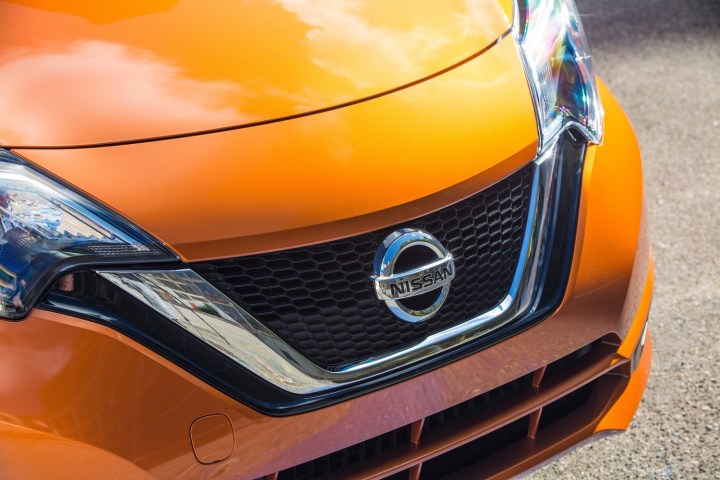
The company still believes that hybrids are a bridge towards electric cars, and most of its upcoming plug-in models will be aimed at markets like Europe where battery-electric technology has been slow to catch on for an array of reasons. Details about Nissan’s first plug-in hybrid model are few and far between, but Takashi Shirawa, the head of Nissan’s European research and development department, told British magazine Auto Express that it will likely use technology borrowed from Mitsubishi.
“We welcomed Mitsubishi Motors into the Nissan family, and they already have the Outlander PHEV. The next-generation product range may be shared with that, but this is just the beginning of the discussion as nothing has been decided yet,” revealed Shirawa.
Currently, the Outlander PHEV uses a 121-horsepower, 2.0-liter four-cylinder engine that works with a pair of electric motors and a 12kWh lithium-ion battery pack. Europe’s fantastically optimistic testing cycle claims the SUV is capable of driving on electricity alone for about 33 miles, though the real-world figure is likely closer to 20. A full charge takes approximately five hours.
When we’ll see the model debut hasn’t been announced yet. However, Shirawa’s comment about using Outlander-sourced technology suggests Nissan’s first plug-in hybrid will be a larger model aimed at families. He didn’t reveal whether a smaller plug-in is in the works, but he pointed out that the next evolution of the brand’s battery-electric technology could easily be scaled down to fit into a model positioned below the Leaf.
“Most customers are keen to have a smaller EV. We recognize this, and we’re already thinking about how to solve these customer issues with next-generation EV technology,” he said.
Electrifying smaller models makes a lot of sense. City cars are rarely driven on long trips so range isn’t as much of an issue, and they usually remain in the city where charging stations are more common than out in the countryside.
Editors' Recommendations
- 2025 Hyundai Tucson Plug-In Hybrid gets improved tech features
- Part plug-in, part dragster, the Mercedes-AMG GLC63 is an SUV of many faces
- Lamborghini is reinventing itself with the Revuelto plug-in hybrid
- Why you should consider a plug-in hybrid in 2023
- 2023 Kia Sportage Hybrid first drive review: Style and substance




